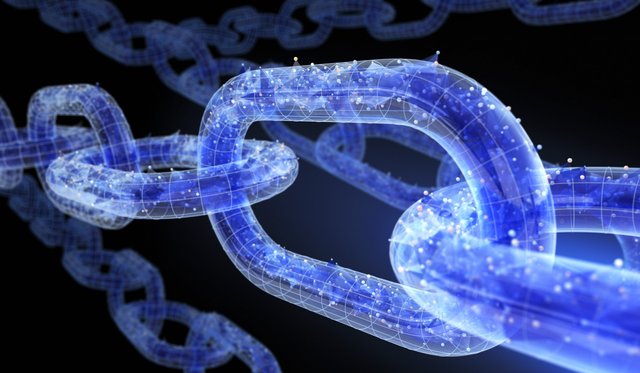The five core elements of a decentralized blockchain
Today while talking to coworkers we were discussing how our lives were changed by technology and someone asked what was Bitcoin, and thus ensued a discussion of personal computers, the internet, streaming movies, Blockbuster, Facebook and both cryptocurrency and the blockchain. The conclusion of our discussion was that the March of technology and disruptive change in one industry after another appears to be the only constant in the last 25 years. It appears that businesses have one choice, evolve or die. If your a business person thinking of utilizing the blockchain and possibly Tokening your business, I suggest you continue reading this introduction of the blockchain so you understand my next article on Tokenization.
A blockchain can be defined as a digital mechanism to create a distributed digital ledger on which two or more participants in a peer to peer network can exchange information and assets directly without the need for a trusted intermediary. A plain language translation would be that a blockchain is a computer based mechanism of creating a computer based digital record, which copies of which are then distributed to multiple people, which allows two people, in a person to person fashion to exchange information or assets with out a middleman. The remarkable thing is that everything you need to create this digital construct already exists.
A true blockchain has five elements:
- Distribution: The people who are part of the blockchain network are all in different physical locations, but all connected via the internet and access the network by utilizing special software.
- Encryption: Every blockchain utilizes 23 digit alphanumeric passwords called keys to decide who can enter transactions or other forms of data on the digital ledger or database.
- Immutability: This means using a special form of math called cryptography all entries to the ledger are date and time stamped, and added to the ledger in order of date and time permanently. These ledger entries can be made anonymously or semi anonymously, and can never be altered unless all participants on the network agree and that’s called a fork which is permanently recorded also.
- Tokenization:All transactions and other interactions on a blockchain involve the secure exchange of value.The value comes in the form of TokensTokens can also function as digital representations of physical assets, which can be exchanged in a peer to peer or person to person fashion without a middleman. These passwords or keys can also be used to allow people or companies to control their data.
5.Decentralization:All the information in this digital ledger, along with the rules controlling it are stored on multiple computers on the network as separate copies of the same database and every entry, transaction or record is made using the alphanumeric passwords called keys and verified by all computers on the network as new data is entered into the ledger. This decentralization and approval of every transaction by all the computers on the network is called consensus and because the computers are are spread out in different physical locations they are called distributed and the consensus is called distributed. Because the ledger is not maintained by one computer record in one central location, but by many computers in multiple locations the system is referred to as being decentralized.
The whole purpose of these five elements is to use computers and specialized software is to create transaction systems systems, where you don’t have to trust people to perform their part of transactions, the system confirms or verifies the transactions. This type of system is known as Trustless because it is not based on Trust, it is based on verification. The creation of a system of verified transactions eliminates middleman who verify transactions by taking possession of all goods being exchanged and performing the exchange for a price and on a time schedule they create. This is potentially a very disruptive technology on a global scale because middlemen gave global reach. It’s important to note that only when all five elements are present is the database truly a blockchain. This is a new technology and some companies are creating and marketing databases which appear to be blockchain databases, but they don’t contain all five elements, thus their verification is invalid and they are not truly blockchains and they are not truly Trustless.
✍🏼 written by shortsegments, with credit to the articles I have read in the last two years.

Read other articles by me on the Steemit Social Media Platform, where writers get paid for their content by the community by upvotes worth the cryptocurrency, called Steem.
Please follow my Twitter Feed Here


This will be the norm soon and have a great weekend. :)